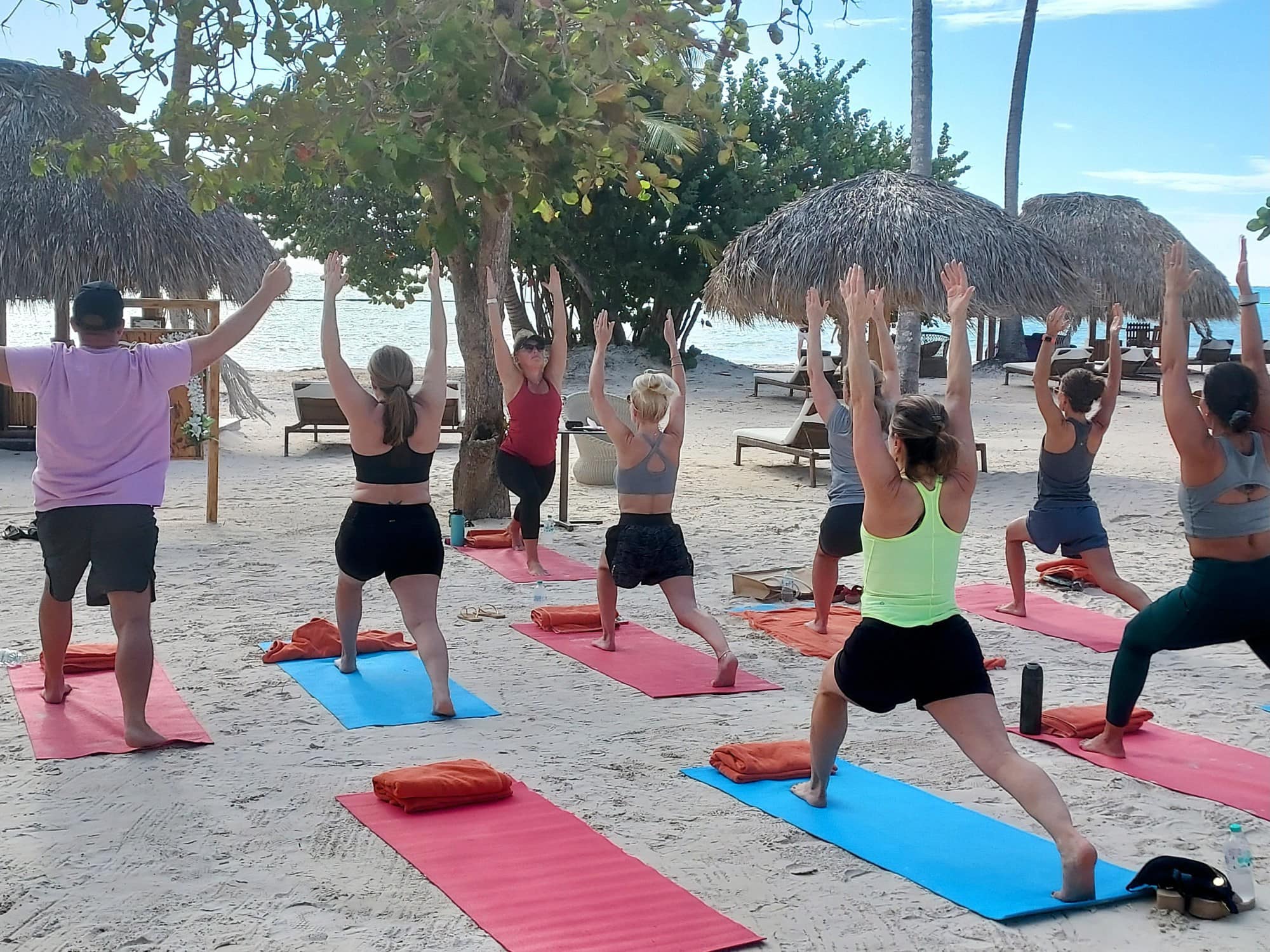Incorporating Yoga Into Your Life

Yoga has been practiced for thousands of years, and modern science continues to uncover its numerous benefits for the body and mind, so try incorporating yoga into your life! Research studies have demonstrated that yoga can improve flexibility, mobility, muscle strength and endurance, posture, and balance while reducing stress, anxiety, and depression.
Incorporating Yoga into Your Life
Everyone can benefit from incorporating yoga into their lives, and there are many ways to do so. You can find a way to practice yoga regardless of your experience level or physical ability.
Yoga Options
Gentle Floor Poses
These poses are ideal for relaxation and stress relief and focus on stretching and slow movements. Yin or Restorative Yoga is a type of yoga that typically utilizes only gentle stretching and relaxation poses with little physical effort. Many studios will offer Beginner classes that will allow you to focus on the foundational yoga principles and easier movements.
 Standing Yoga Poses
Standing Yoga Poses
Ideal for building muscular strength and endurance, balance, and stability, and offer a physical challenge. There are many forms of physically challenging Yoga including Hot Yoga, Power Vinyasa, and Ashtanga. Iyengar Yoga uses blocks and props to make poses more accessible and easier to perform with good alignment. It’s important to find a format and instructor that resonates with you and feel free to include various formats into your practice since each provides different benefits.
Chair Yoga
A great option for those with limited mobility, offering modified poses for accessibility.
Meditation and Breathing
Even without movement, practicing deep breathing and mindfulness provides profound benefits for mental clarity and relaxation.
Incorporate Yoga Into Your Life – YOUR Way
Yoga Is About How It Feels, Not How It Looks
One of the most important guidelines for yoga is that there is no “perfect” way to perform a pose. Instead of striving for how you think a pose should look, focus on how the pose feels in your body and where you should feel the stretch or engagement. Since every individual has a unique body structure, poses will naturally look different from one person to another. Embracing this diversity allows for a more personalized and enjoyable practice.
Listen to Your Body and Customize Your Practice
Yoga should always be adapted to meet your personal needs. Feel free to modify poses to make them easier or more challenging, use props for support, or take breaks as necessary. Each session should be tailored to your goals and how your body feels on that particular day. Pain should never be a part of yoga—while some poses may be challenging, they should never cause discomfort. Be kind to your body, practice patience, and remember that yoga is about progress, not perfection.
Yours in health & fitness,
Sherri McMillan
